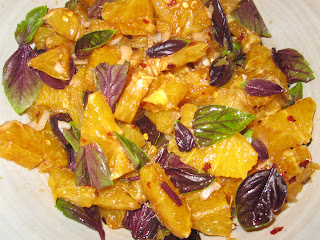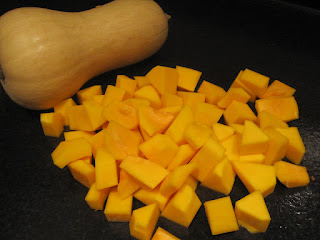John and I are members of the Billy Goat Hill Garden here in
Louisville. In addition to our bed with tomatoes, okra
and cucumbers, I volunteered to help with the community garden mushroom
garden. Limbwalker Tree Service donated
several large sections of hardwood for our cause that we stacked in a cool tree-covered
area. You simply buy plugs of shiitake
mushroom spores. They look like large
pills. You drill into the hardwood and
insert a plug in each hole (we did 100) and then you coat the top of each hole
with heated food grade wax (I saved some from a cheese purchase and heated with
our little propane torch used to warm the top of cream brulee) to keep bugs
out. Then comes the hard part – you wait
a year for the shiitakes to grow.
I have an advantage though in that a group of boy scouts
planted mushrooms 4-5 years ago and although we thought they were dead, (each
log will stop producing mushrooms in about 5 years as the log completely dies
and provides no nutrition for the mushroom spores) mushrooms appeared
everywhere after the big rain following Labor Day.
I used my mushroom harvest in a new recipe for winter
squash. I have been interested in
learning more about Moroccan cooking and these are two recipes that used local
harvest and were delicious to boot:
Moroccan winter squash
1 T. butter
1 T. olive oil
1 diced onion
4 minced cloves garlic
2 tsp. ground cumin
1 cinnamon stick
Salt and pepper to taste
1 pound butternut squash, large dice
3/4 pound red potatoes, large dice (or do with all squash and no
potatoes)
2 cups broth
2 cups caned chickpeas, drained
1 (14-ounce) can diced tomatoes, with juices
Several Shiitakes in large slices
Pinch saffron threads
Heat
butter and olive oil in a heavy-bottomed saucepan over medium heat. Add onion, garlic, cumin, and cinnamon, and
season with salt and freshly ground black pepper. Cook, stirring occasionally, 5
minutes. Add squash and potatoes, season
with salt and freshly ground black pepper, stir to coat, and cook until just
tender, about 3 minutes. Add broth,
chickpeas, tomatoes and their juices, mushrooms and saffron. Bring mixture to a boil then reduce to low.
Cover and simmer until squash is fork tender, about 10 minutes.
Remove from heat and if you choose, stir in preserved lemon and olives.
Serve over couscous garnished with cilantro, almonds, and yogurt.
Moroccan Eggplant with Garbanzo Beans
1 onion, sliced thin
5 cloves garlic, minced
1 T. olive oil (or can use broth)
1 red bell pepper cut in small pieces
1 eggplant cut in 1 inch pieces
Pinch of red pepper flakes
2 tsp. turmeric
1/2 tsp. garam masala
1 tsp. cumin
1 tsp. paprika
1 15 oz. can garbanzo beans, drained
1 1/2 c. lentils, soaked and drained
1 large tomato, chopped with juices reserved
1 1/4 c. broth
1/2 c. raisins
Salt and black pepper to taste
Can garnish with chopped parsley or cilantro
Heat oil in heavy bottomed pan on medium. Sauté onions for 5 minutes. Add garlic, bell pepper, eggplant and spices
and mix together for one minute. Add
broth and tomatoes and stir, cover and cook 10 minutes. Add beans and lentils and cook another 5
minutes. Add raisins and cook final 5
minutes or until consistency is correct.
Season with salt and pepper and garnish with fresh herbs.
This meal is very healthy with high concentrations of
molybdenum, vitamin C, manganese and fiber.
You can serve as a side or it makes a great vegetarian meal with bread.
One thing I learned about mushrooms through our harvesting
is that they are very susceptible to water content. When I first picked them, they were very dry
and I was afraid not good for cooking. The
second harvest was right after a rain and they were too wet. I found the best way to deal with this was to
store them in the refrigerator in a plastic bag wrapped in paper towels. A dry paper towel helped soak up the extra
water with the wet mushrooms and a wet towel helped the dry mushrooms come back
to life. However, if you want to store the mushrooms for longer than a week,
drying them is a great method. You can
use a food dehydrator or allow to dry in the oven at low. Keep these in a cool, dark place until you
are ready to use in recipes. They are
great in soups and stir frys.
















